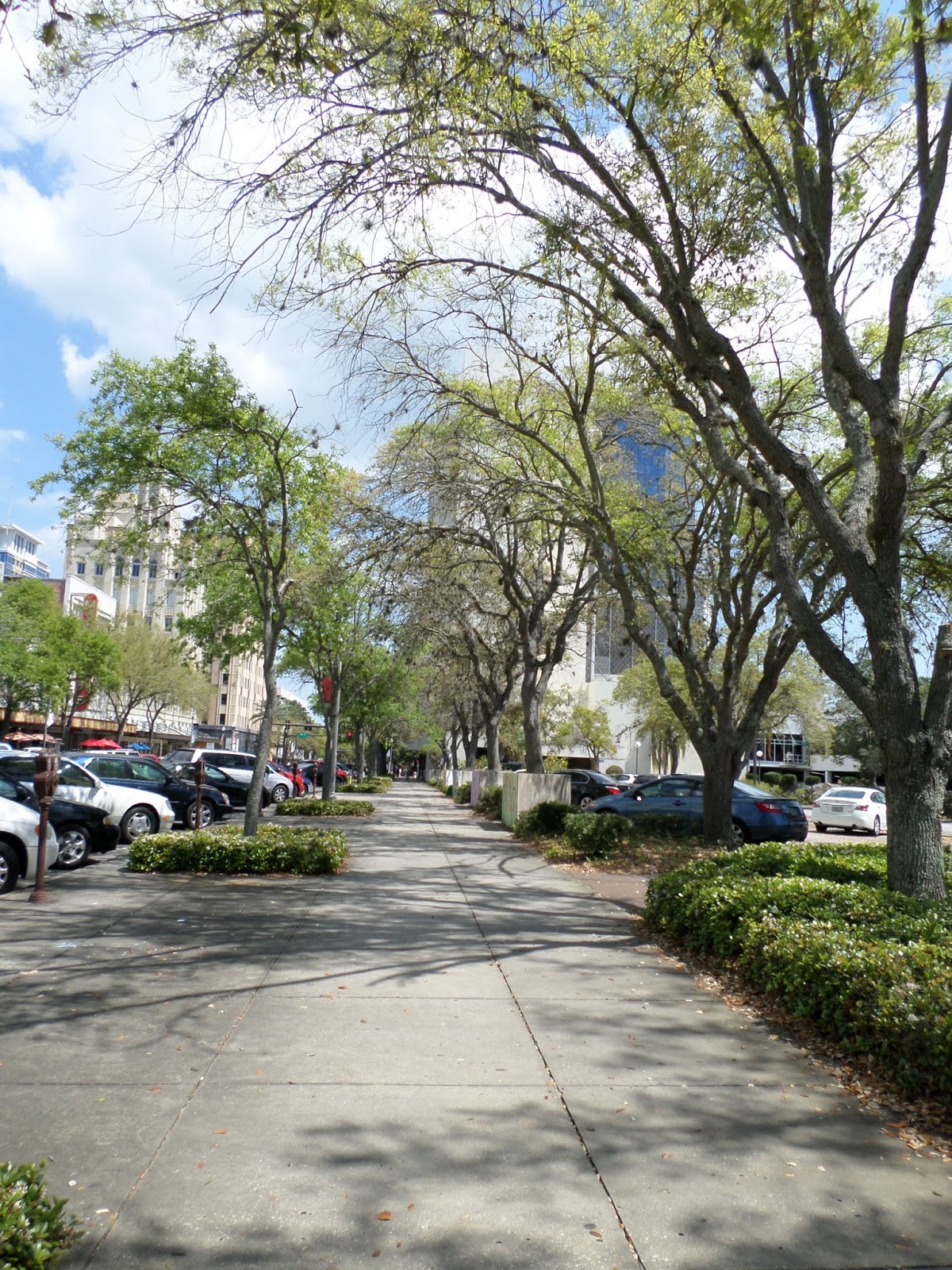Downtown

Nowadays, almost every city has a “downtown,” which is the center of a city’s culture, night-life, and business; it usually has many people living in close proximity. The size of a downtown can vary, the largest being somewhere like New York City or Los Angeles. Where does the word “downtown” come from? Were there specific hubs of activity in medieval or ancient times? In Ancient Rome, for example, the forum was where business, legal action, and social/religious life were mixed together in fray of activity; similarly, the Athenian Agora, or marketplace, usually had a few temples, stoas, and open courtyards. According to Merriam Webster, the first documented use of the word was in 1836 when referring to a location in Manhattan, New York City. The southernmost edge of Manhattan was already occupied, so people could only move north or “up” (hence, “uptown”). The southern portion became known as “downtown,” and today, nearly every sizeable American city has a downtown region. However, most central areas in European cities are called “town centres.” Since most European establishments have been around for many hundreds of years, the town centre probably relates back to medieval times where the large cathedral or marketplace marked the center of the city. There are a few characteristics that seem to bind several downtowns together: the presence of museums, large skyscrapers, and culturally diverse districts.
First, nearly every downtown or town centre I have been to contains some type of museum or artistic building. For example, in New York City, the Metropolitan Museum, Guggenheim Museum, and Museum of Modern Art draw millions of patrons every year. I believe museums gravitate towards the center of a city because people of diverse backgrounds usually congregate in that general region. The different cultures are a breeding ground for the foundation of new art movements, and consequently, world renowned museums. In Paris, the Louvre is actually tied to the French Monarchy, which was the center of life in France for hundreds of years. This introduces an element of social history which is often lacking in modern American downtowns. In my own hometown, we have a surprisingly large amount of museums ranging from the absurd and juxtaposed surrealism to dainty impressionism.
Skyscrapers, huge block buildings that seem to lick the surface of the sky with their tall projections, are omnipresent in every city, but especially in downtowns with a large business sector. In the late 1800s and early 1900s, these giant edifices were being constructed at a rapid pace to meet the new economic growth and demand of the 1900s. Because of the invention of elevators, plate glass windows, and steel framing, architects like Louis Sullivan and Mies van der Rohe were able to translate their unheard of designs into glittering reality. The first skyscraper in the United States was the Home Insurance Building in Chicago (1884), while the first European skyscraper (1930) was the KBC tower in Antwerp, Belgium. In New York City on Wall Street, the business buildings are tall, grey, and bleak, emphasizing the old adage “concrete jungle.” Below is a view of many skyscrapers from the Empire State Building (note the lighted and immense Chrysler Building in the foreground). Today, the tallest building in the world is the Burj Khalifa in Dubai, United Arab Emirates (which is rich with oil and migrant workers from the Philippines, India, etc).
Finally, nearly every downtown is a mix of cultural diversity. One needs only to eat dinner in Little Italy and then hop on down to Chinatown in New York City to see my point. No matter what city, the downtown usually attracts people of all ages: young people looking for jobs, older people who have lived there their entire life, etc. However, it is worth noting that while visiting downtown New York City or the oldest (and touristier) quarters in Rome and Barcelona, I did not see any elderly people. These cities in particular are not elderly-friendly because of the busy and often aggressive pace of the people living there. This is not true for all cities; in my downtown area, the large sidewalks, helpful crossing signs, and low speed limits are safer, although there is nowhere near the amount of people where I live compared to NYC or areas like Paris or Tokyo. While most large cities have public transportation (i.e. busing, metros/subways), my downtown is lacking in both, and the only way to get around is by a car or your own feet.
To conclude, being downtown is usually one of my most favorite places to be; the food, parks, and generally “young” ambiance has not only attracted me, but many people my age. For example, nearly 25% of residents in New York City are between the age of 20 and 34. Attracted by jobs, culture, museums, and the mien of vitality, people flock to urban areas daily.
View my Picasa Web Album here

No comments:
Post a Comment